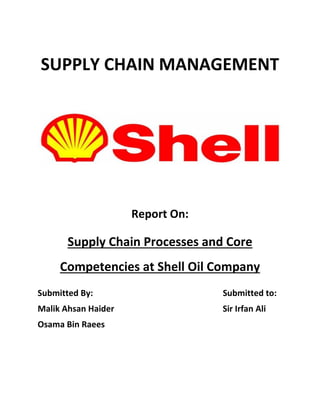A shell is a command-line interface that allows users to interact with a computer's operating system. It provides a way for users to enter commands and receive output from the system. There are several different shells available, each with its own set of features and capabilities.
One of the core competencies of a shell is the ability to execute commands and programs. This includes the ability to execute programs stored on the system, as well as the ability to run external programs by specifying their path. The shell also provides a range of built-in commands and functions, such as commands for navigating the file system and modifying files.
Another core competency of a shell is the ability to process and manipulate text. This includes the ability to perform basic text manipulation tasks, such as search and replace, as well as more complex tasks such as sorting and filtering. The shell also provides a range of tools for working with text streams, such as the ability to pipe the output of one command into the input of another.
A third core competency of a shell is the ability to automate tasks through the use of scripts. Shell scripts allow users to combine multiple commands and functions into a single script, which can then be executed with a single command. This allows users to automate complex or repetitive tasks, and can save a significant amount of time and effort.
Finally, a shell should also have a strong foundation in security. This includes the ability to manage user accounts and permissions, as well as the ability to enforce security policies and protect sensitive data.
Overall, the core competencies of a shell include the ability to execute commands and programs, process and manipulate text, automate tasks through scripting, and provide a secure environment for users to work in. These capabilities are essential for anyone working with a command-line interface, and are crucial for effectively interacting with a computer's operating system.









